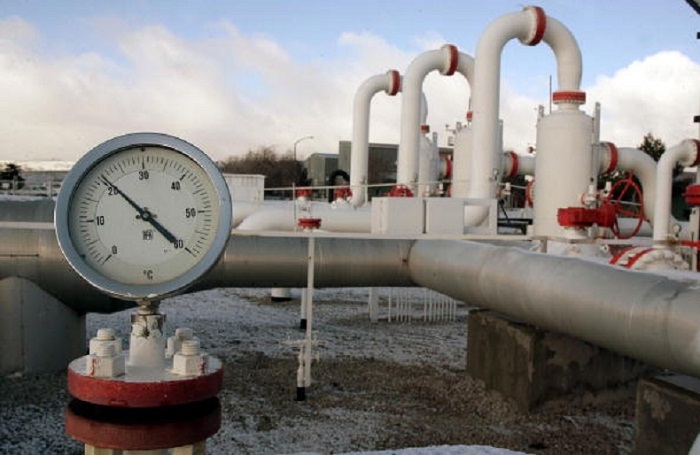The report said that demand from the industrial sector becomes the main engine of gas consumption growth, replacing power generation, where gas is being squeezed by growing renewables and competition from coal.
“The United States – the world’s largest gas consumer and producer – will account for 40 percent of the world’s extra gas production to 2022 thanks to the remarkable growth in its domestic shale industry,” said the IEA. “By 2022, US production will be 890 bcm, or more than a fifth of global gas output.”
By 2022, the IEA estimates that the United States will be on course to challenge Australia and Qatar for global leadership among LNG exporters.
“The US shale revolution shows no sign of running out of steam and its effects are now amplified by a second revolution of rising LNG supplies,” said Fatih Birol, the IEA’s Executive Director. “Also, the rising number of LNG consuming countries, from 15 in 2005 to 39 this year, shows that LNG attracts many new customers, especially in the emerging world. However, whether these countries remain long-term consumers or opportunistic buyers will depend on price competition.”
US LNG will be a catalyst for change in the international gas market, diversifying supply, challenging traditional business models and suppliers, and transforming global gas security, according to the IEA report.
The analysts point out that this LNG glut is already affecting price formation and traditional business models – and attracting new LNG-consuming countries like Pakistan, Thailand and Jordan.
Europe could see growing competition between LNG imports and pipeline gas as domestic production declines, creating extra uncertainty on the sources of future supply, according to the report.
IEA analysts state that the recent standoff involving Qatar, which supplies about a third of the world’s LNG, and neighboring countries has also underscored potential risks to gas supply security.
“Even in a well-supplied market, recent events remind us that gas security remains a critical issue.” said Birol.
More about: #IEA















































